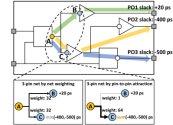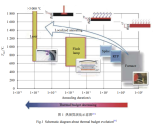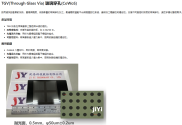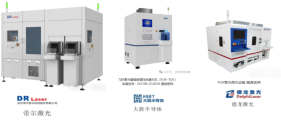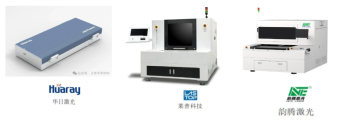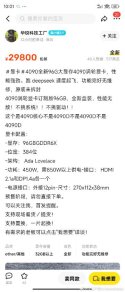New Storage Technology releases upgraded and larger capacity storage chip "NM102"
On January 22, 2025 , the company announced the launch of its latest product, the non-volatile new memory "NM102". This new product not only has a single chip capacity of an astonishing 128Gb, but also has achieved a major breakthrough in performance, supporting 4K high-speed access and a read bandwidth of up to 3.2GB/s, setting a new benchmark in the industry.
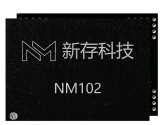
In actual application scenarios, "NM102" has demonstrated excellent performance. After rigorous testing, servers equipped with this chip can achieve ultra-fast response times in microseconds, ensuring that enterprises can maintain efficient and smooth operation when processing massive amounts of data. This significant improvement is undoubtedly a great boon for enterprise-level users who need to process large amounts of data, and can greatly improve work efficiency.
It is worth mentioning that while ensuring high performance, "NM102" also adopts a unique storage mechanism, which effectively extends the storage life and greatly reduces the customer's overall cost of ownership. This innovative design not only improves the product's cost performance, but also further enhances the competitiveness of Xinchuang Technology in the storage market.
The "NM102" released this time is not only another masterpiece of the company in the field of large-capacity new memory, but also a vivid embodiment of technological innovation and product upgrades. Compared with the "NM101", China's first new memory chip with the largest capacity, which was successfully released in September 2024, the "NM102" has doubled in capacity, marking a more solid step for Xinchuang Technology in large-capacity storage technology.
At present, the company has initially built a competitive new storage chip product portfolio, and actively provided "NM102" samples to core customers such as domestic cloud service providers, and conducted a series of rigorous performance tests and compatibility verification. The smooth implementation of this series of measures not only verified the excellent performance and stability of "NM102", but also laid a solid foundation for the wide application of new storage technology in the future market.
With the rapid development of big data applications, the market demand for high-performance storage products is increasing. The company's launch of "NM102" is timely and will help Xincun Technology quickly occupy the commanding heights of the market in the big data era, provide end users with more efficient and reliable storage solutions, and create greater value returns.

In actual application scenarios, "NM102" has demonstrated excellent performance. After rigorous testing, servers equipped with this chip can achieve ultra-fast response times in microseconds, ensuring that enterprises can maintain efficient and smooth operation when processing massive amounts of data. This significant improvement is undoubtedly a great boon for enterprise-level users who need to process large amounts of data, and can greatly improve work efficiency.
It is worth mentioning that while ensuring high performance, "NM102" also adopts a unique storage mechanism, which effectively extends the storage life and greatly reduces the customer's overall cost of ownership. This innovative design not only improves the product's cost performance, but also further enhances the competitiveness of Xinchuang Technology in the storage market.
The "NM102" released this time is not only another masterpiece of the company in the field of large-capacity new memory, but also a vivid embodiment of technological innovation and product upgrades. Compared with the "NM101", China's first new memory chip with the largest capacity, which was successfully released in September 2024, the "NM102" has doubled in capacity, marking a more solid step for Xinchuang Technology in large-capacity storage technology.
At present, the company has initially built a competitive new storage chip product portfolio, and actively provided "NM102" samples to core customers such as domestic cloud service providers, and conducted a series of rigorous performance tests and compatibility verification. The smooth implementation of this series of measures not only verified the excellent performance and stability of "NM102", but also laid a solid foundation for the wide application of new storage technology in the future market.
With the rapid development of big data applications, the market demand for high-performance storage products is increasing. The company's launch of "NM102" is timely and will help Xincun Technology quickly occupy the commanding heights of the market in the big data era, provide end users with more efficient and reliable storage solutions, and create greater value returns.


